Paleolithic Discoveries at Soii Havzak Rockshelter Illuminate Human Migration in Central Asia
Anthropology.net
NOVEMBER 8, 2024
Artifacts suggest that the Zeravshan Valley was not only a migration route but potentially a place of cultural exchange. A Window into Climate and Migration Beyond individual artifacts, Soii Havzak provides clues about the larger environmental shifts that early humans endured.

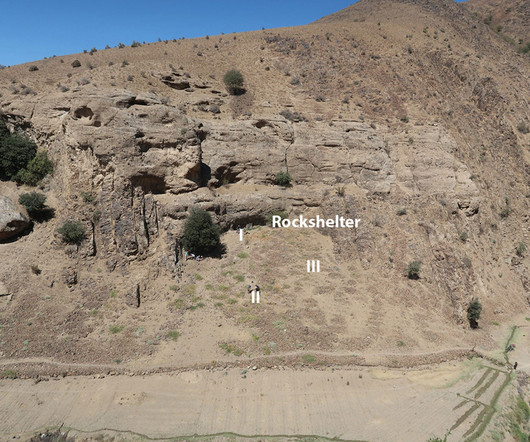

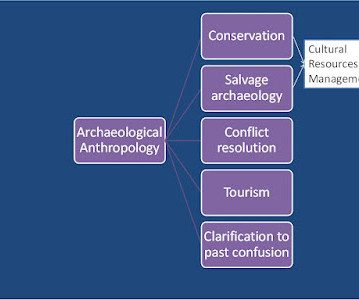



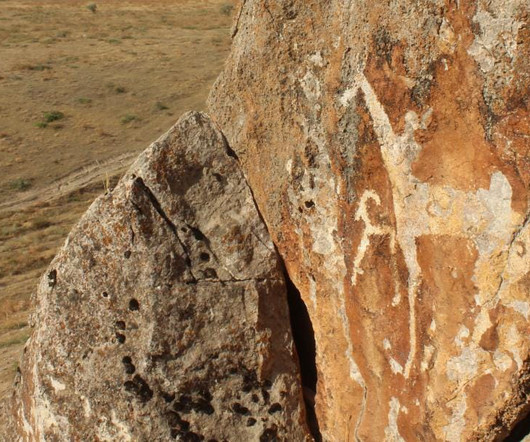

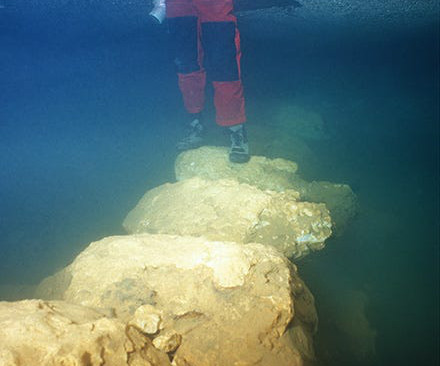


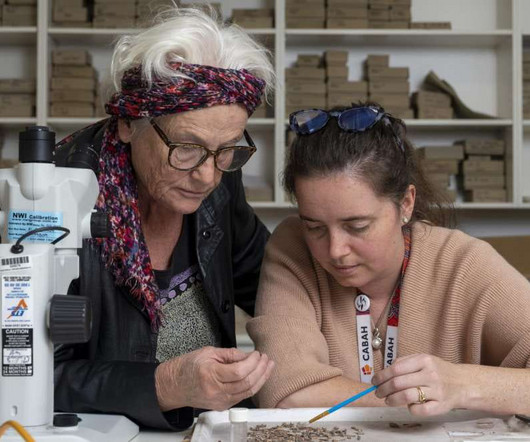
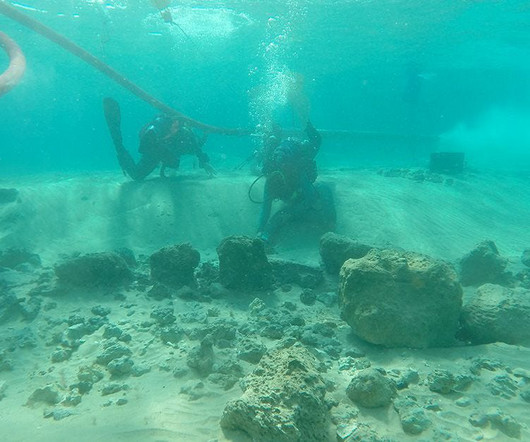

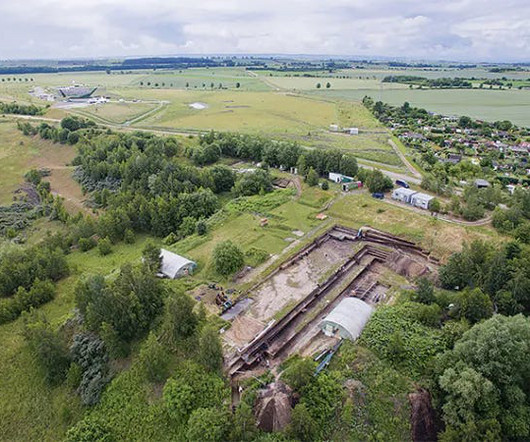
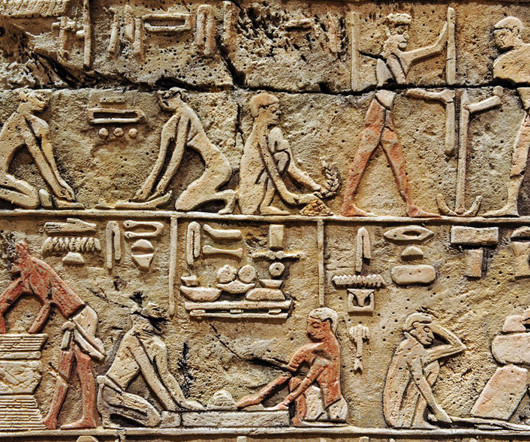

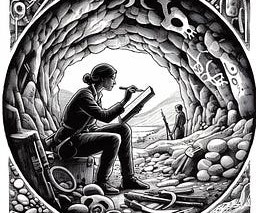

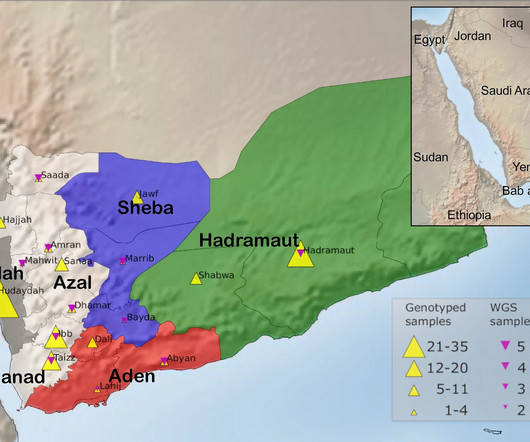







Let's personalize your content